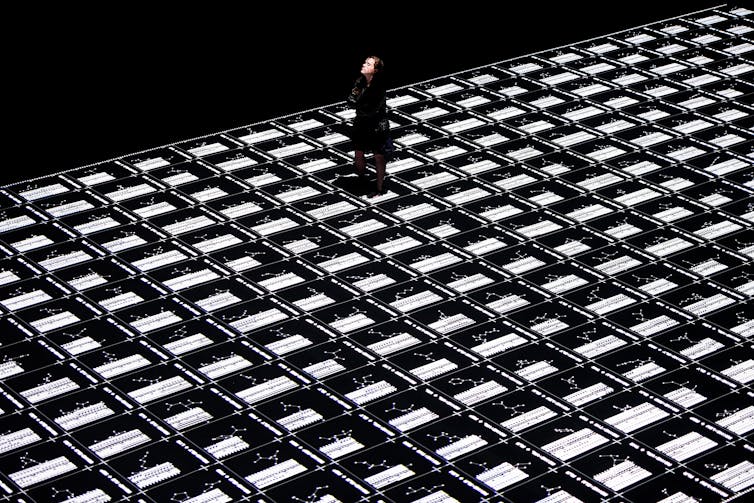Carriageworks was in trouble before coronavirus - but this crisis could be an opportunity
Carriageworks did everything right but was struggling even in regular conditions. Now the organisation's troubles are emblematic of an arts sector on the edge – but there might be a brighter future.


